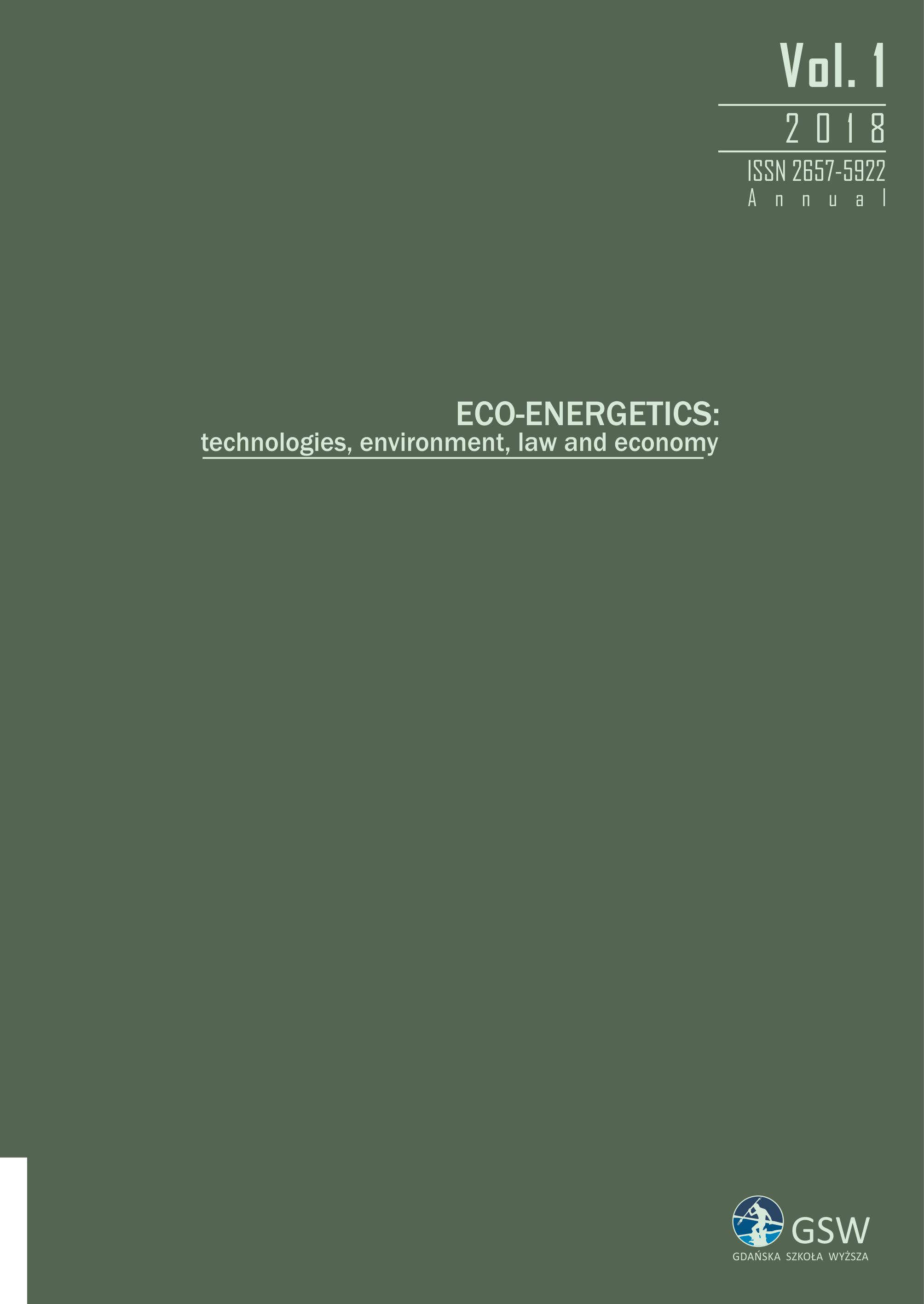Heat and Cold Energy Storage Technologies as a Practical Complement to Renewable Energy Installations
DOI:
https://doi.org/10.24426/eco-energetics.v1i0.30Słowa kluczowe:
energy storage, types of heat storage, heat storage loading and unloading, energy efficiency, heat pumpsAbstrakt
Thermal energy storage can be defined as temporary storage of heat energy at low or high temperatures. The development and innovative solutions of the thermal energy storage technology can, in the long-term, mitigate the negative impact on the environment and facilitate more energy-efficient exploitation of thermal energy systems. The main goal in thermal energy storage systems is to store the solar heat accumulated during the summer for heating in winter. The concept of such use of solar energy is not new, because it has already been developed and improved over the centuries, where it has played an important role in energy saving and significantly contributed to the improvement of energy efficiency and reduction of gas emissions to the atmosphere. The article presents the types of heat storages with particular emphasis on BTESstorage systems with examples of their applications.
Bibliografia
Abedin, A.H., & Rosen, M.A. (2011). Krytyczne spojrzenie na systemy magazynowania energii cieplnej. Renewable Energy Journal, 4, 42–46.
Ercan Ataer, O. (2006). Storage of thermal energy, in energy storage systems. In the Encyclopaedia of Life Support Systems (EOLSS), developed under the auspices of UNESCO. Oxford: Eolss Publishers, UK. Retrieved from: http://www.eolss.net.
Hasnaina, S.M. (1998). Sustainable Thermal Energy Storage Technologies, part I: Heat Storage Materials and Techniques. Energy Conversion and Management, 39, 1127–1138.
Hemmingway, P. (2013). Establishing Geothermal Energy Research at University College Dublin. Dublin: UCD School of Biosystems Engineering. Retrieved from: http://www.engineersireland.ie/EngineersIreland/media/SiteMedia/groups/societies/geotechnical/Phil-Hemmingway-Presentation-29-01-2013.pdf?ext=.pdf.
Incropera, F.P., & Dewit, D.P. (2002). Fundamentals of Heat and Mass Transfer, 5th Edition. John Wiley and Sons.
Pavlov, G., & Olesen, B.W. Thermal energy in buildings storage — concepts and applications. Retrieved from: http://www-ttp.particle.uni-karlsruhe.de/GK/Workshop/blobel_maxlik.pdf.
Pavlov, G.K., & Olesen, B.W. (2011a). Seasonal storage of solar energy through ground heat exchangers — an overview of systems and applications. In material from ISES Solar World Congress, Kassel, Germany, 28 August–2 September 2011. Kassel.
Pavlov, G.K., & Olesen, B.W. (2011b). Seasonal storage of solar energy through ground heat exchangers — an overview of systems and applications. In material from the 6th Conference of Dubrovnik on sustainable development of energy, water and environmental system, Dubrovnik, Croatia, 25–29 September 2011. Dubrovnik.
Sekine, K., Ooka, R., Hwang, S., Nam, Y., Shiba, Y. (2007). Development of a ground source heat pump system with ground heat exchanger utilizing the cast-in-place concrete pile foundations of buildings. Ashrae Transactions, 113. Retrieved from: https://intraweb.stockton.edu/eyos/energy_studies/content/docs/final_papers/11a-3.pdf.
Sunliang, C. (2010). State of the Art of Thermal Energy Storage Solutions in Buildings, Master’s thesis. Jyväskylä: University of Jyväskylä, Finland.

